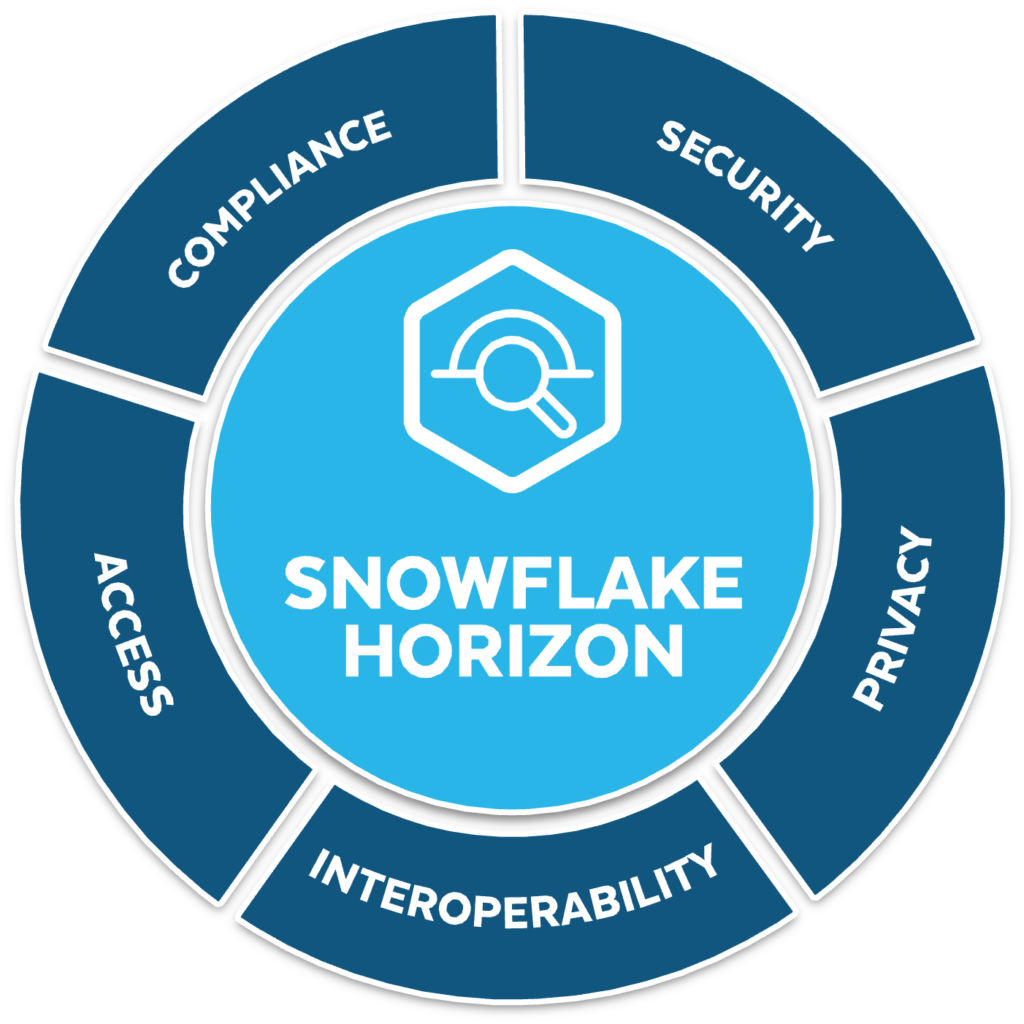Data is essential to business. Yet, it is incredibly important that companies have secure storage and the ability to find the information you need promptly. Data is no good if you can’t find and filter out exactly what you need, right?
Ensure that your company does not miss out on business prospects that need user data storage. You must set up database audits effectively but fast.
In light of the GDPR legislation, companies need to incorporate data protection measures into their applications, products, and services to ensure their teams are well-versed in GDPR requirements and use code that safeguards user data. You will address the following topics in this article:
What is Database Auditing?
The overall premise of database auditing is to track the use of database records and the authority of those who have access to them. It’s possible to keep track of every action in a database, including which database object or data record was accessed, who did the action, and when it occurred.
Auditors aren’t interested in all audit logs. Audit logs must show data in a context that makes sense to them to be useful to auditors. Otherwise, such a massive amount of data is time-consuming and overwhelming.
Therefore, only stand-alone database monitoring tools produce this kind of log. One sort of audit log is generated by the database’s “native audit” logs, which you can activate. Database administrators can use the native audit logs to troubleshoot applications and fine-tune the database’s performance.
The following showcase the areas that you should audit to lessen the risk of a database getting hacked:
User Access and Authentication
Anyone from inside or outside an organization can get in through this door. In some cases, privileged users may be able to update or extract financial information from client data, or they may try to access the system at a time when they are not allowed to for nefarious motives.
For example, a data breach can be detected before it is too late, or you can put improved security setups to prevent losses.
Database Objects
People with access to database items, such as users’ or companies’ data, processes, or logic that define a system’s functionality, can alter the structure, resulting in regular data corruption or theft. And if auditing is not enabled, you won’t be able to account for any of it.
Tables, views, procedures, database linkages, and run-time logical flows that manage business applications should get audited to ensure their integrity.
Data Access
A company’s data is its most crucial component. All confidential and restricted data should not get accessed by anybody other than the intended recipients granted access to it.
You can meet many data compliance rules by identifying and tracking details such as the user, time, data, and change. This auditing function will become even more critical for companies with GDPR compliance requirements.
Network
Huge amounts of data are also available on a variety of devices. You may need a lot of bandwidth for both on-premises and cloud-based applications. With the help of an audit of a network, you may better understand the massive amounts of data generated and determine where additional network resources are needed.
Why is Database Auditing Important?
Publishers and marketers alike face complying with increasingly complicated data privacy standards and competing with walled gardens for consumers’ attention.
Only clean data is valuable. Whatever platform your firm employs to store and handle client information, this is a given. When you’re running out of time, you don’t want to be concerned with data quality. You want to rest assured that your data is useful and efficient long before a deadline. Let’s have a look at the database.
Your databases can get audited to follow and understand how it is being utilized and any potential dangers of misuse or breaches.
Database auditing is essential for the following reasons:
Maintain Data Quality
It doesn’t matter if you run a tiny business or a giant corporation when it comes to your database. You have complete control over where your customers’ advertising appears online. The more precise audience targeting you can provide advertisers, the more they will trust you and remain loyal consumers. Here, success depends on having accurate and up-to-date information about your customers.
Compliance with Data Privacy & Protection Regulations
Publishers and advertisers must keep data privacy compliance in mind in today’s digital world. As a result of database audits, you’ll be able to take advantage of new business prospects with the knowledge that your organization is adhering to regulations.
Reducing Security Risks
It is impossible to exaggerate the importance of security to user trust and customer relationships. Regular database audits mean you’re less likely to be attacked or caught off guard by a security breach.
Database Auditing: Best Practices
It doesn’t have to be a scary undertaking to audit your databases. Some areas to focus on include:
Access and Authentication Auditing
All database access must be rigorously regulated and audited so that a comprehensive record of who accessed what information can be kept, as simply restricting or granting access to specific people would not be enough. For enterprises, access auditing provides the ability to identify which users accessed which systems, what data was accessed, and when the access occurred.
Access and authentication audit records will reveal inappropriate behavior, such as needless system access, access outside of business hours, or access from outside the company network. These details are essential when investigating a possible breach and determining which affected systems. This form of auditing has gotten recognized as critical by both industry and government agencies. Access and authentication audits are required by PCI-DSS, COBIT, and ISO 17799.
It is imperative that only authorized users have access to vital systems and data and that you can track their every move through the use of access and authentication auditing. In this section, key controls include monitoring who is logging in, what time they log in, which hosts they connected from, and which programs they used to access the database. Failed database login attempts should also get watched, as this information can indicate an attempt to obtain unauthorized access to the database.
User and Administrator Auditing
It is vital for any audit system to audit administrators and authorized user access. Permeability of the audit system, safe storage of audit data, and separation of a watcher and watched roles are all requirements for audit logs to be meaningful and trustworthy. It’s possible to see how data is accessed and modified. You can also see how configuration and structure modifications and security-related controls and settings are adjusted by performing database audits.
The user and administrator audit logs reveal alterations to sensitive data, unapproved changes to configuration or security settings, and potentially disruptive adjustments to the database structure. Using these logs, if a breach occurs, you’ll know what information was compromised and how it was compromised. Giving this kind of proof could make all the difference in the world.
Auditing both users and administrators gives a wealth of information about what people are doing and how they are doing it. These queries get recorded and information about the user, application, and the host that ran them. Any changes to the database’s setup, including rights, user accounts, and authentication settings, should be included in the auditing process.
Vulnerability and Threat Auditing
Vulnerabilities and dangers can strike anytime, from anywhere, and without warning. A vulnerability and threat audit entails looking for and tracking down potential exploiters of database flaws. Detection and monitoring are the two stages of vulnerability and threat auditing.
The database’s vulnerabilities and security flaws must first get discovered. Weak passwords, unpatched buffer overflow or denial of service vulnerabilities; incorrect setups; and excessive user privileges are the most typical causes of security breaches. Immediately after the vulnerabilities get discovered, you should put monitoring in place to identify anyone who might try to exploit them to gain access to a database or its data.
Conclusion
A company’s data is only as good as its management. It is never acceptable to rely on chance or haphazard methods to protect and regularly audit a database. Organizations put their valuable data at risk when they do not have a comprehensive auditing solution. Data corruption or inaccuracies result in financial loss, missed time, and customer and employee relationships deterioration.
GDPR is only the most recent in a long line of data security standards; many others have come before it, and many more will follow. Your organization’s health depends on your ability to keep track of database security, which is especially important when dealing with several databases from different providers. Database audits are essential for maintaining a full record of all actions conducted, and they should be performed accurately and thoroughly across all platforms and systems.
Satori helps you with DataSecOps for your modern data stack. This includes continuous sensitive data discovery, integration with existing data governance tools to make data governance more efficient and immediate, and means to streamline access to sensitive data and create security policies that are independent of the specific data infrastructure you’re using.



